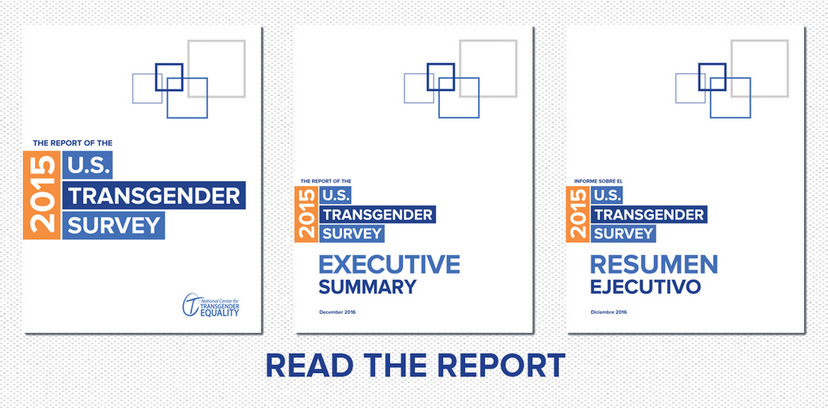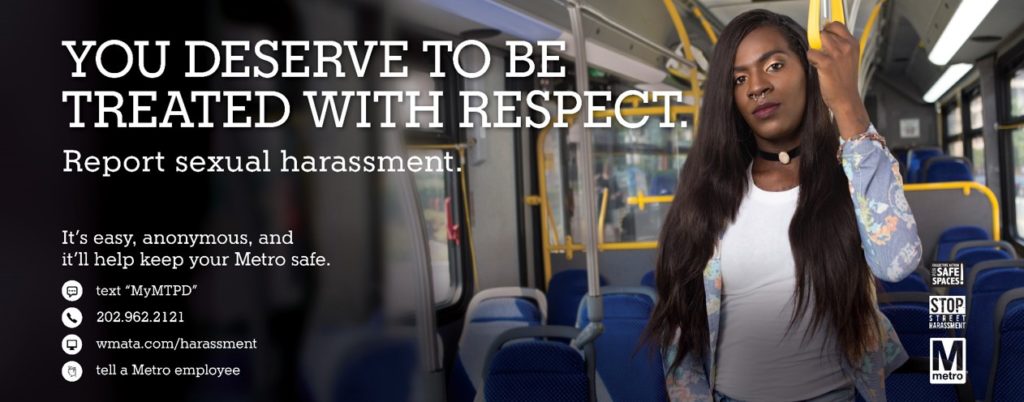 The U.S. Transgender Survey was released today by the National Center for Transgender Equality. Among the findings are alarming ones relating to discrimination and harassment in public spaces:
The U.S. Transgender Survey was released today by the National Center for Transgender Equality. Among the findings are alarming ones relating to discrimination and harassment in public spaces:
Public accommodations and bathrooms
“Accessing basic goods and services is also a major hurdle for transgender people:
- 31 percent of trans people experienced mistreatment in the past year at a place of public accommodation (stores, hotels, etc.), including being denied equal service (14 percent), verbal harassment (24 percent), or physical attack (2 percent).
- 20 percent avoided at least one type of public accommodation because they feared mistreatment.
- 9 percent of respondents were denied access to a restroom in the past year.
- Restrooms were often unsafe, with 12 percent experiencing verbal harassment, 1 percent experience physical attacks, and 1 percent experience sexual assault when accessing a restroom.
- 59 percent avoiding a public restroom in the last year out of fear of confrontations, with 32 percent actually limiting what they ate or drank to avoid the restroom.
- 8 percent reported a urinary tract infection, kidney infection, or other kidney-related problem in the past year as a result of avoiding the restrooms.”
And…
- “46 percent of trans people experienced verbal harassment in the past year.
- 9 percent of trans people experienced a physical attack in the past year.”
H/T our board member Patrick


 This is a fact: LGBTQ people experience public harassment – and according to
This is a fact: LGBTQ people experience public harassment – and according to 
